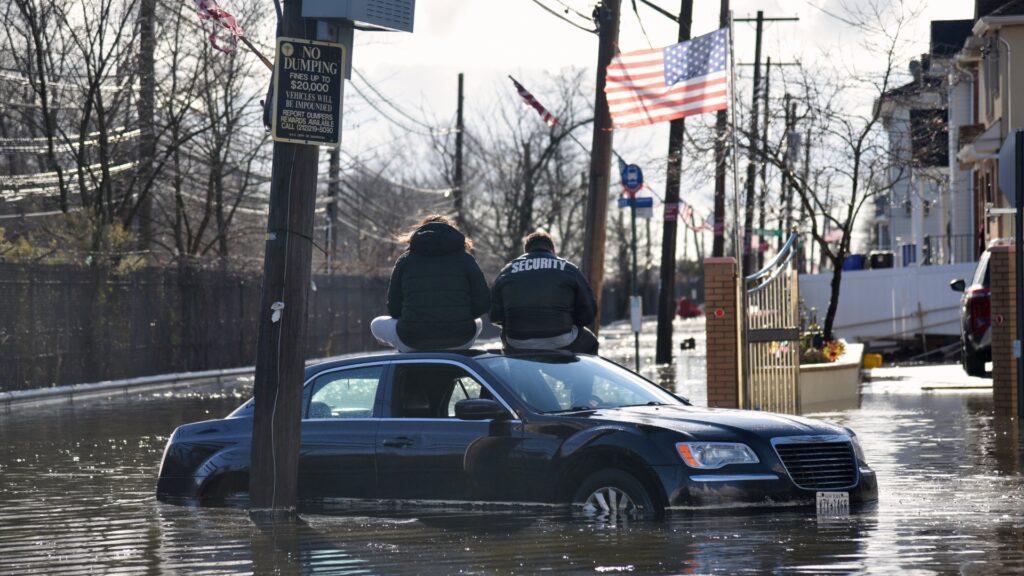
Over the past decade, the United States has faced a series of unprecedented climate disasters that have reshaped the landscape of American life. From hurricanes devastating the Gulf Coast to wildfires ravaging California, these events have not only caused immediate destruction but have also initiated a significant shift in population dynamics. As communities grapple with the aftermath of these disasters, the implications of climate change extend beyond immediate recovery efforts, revealing a complex narrative of displacement and migration that is often overlooked.
The Scale of Climate Disasters
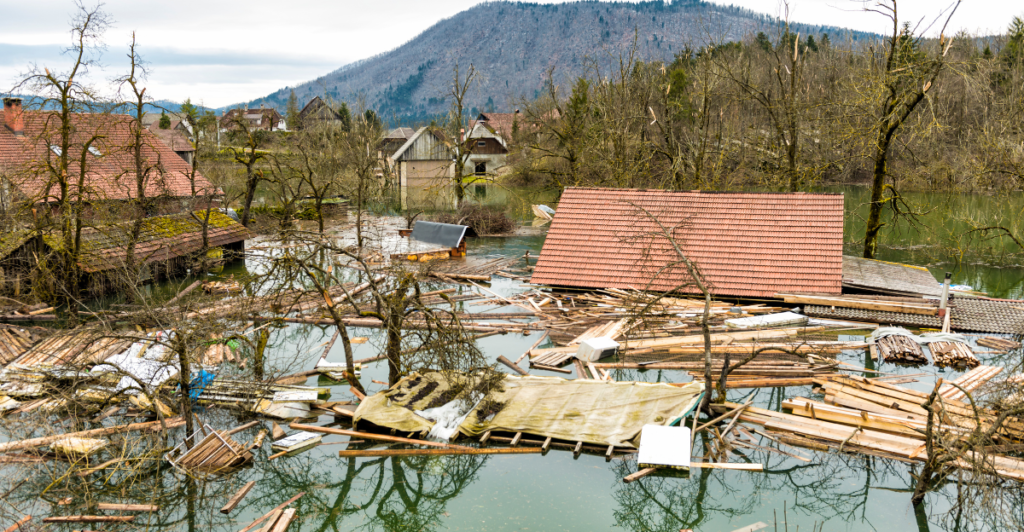
The impact of climate change in the U.S. is starkly illustrated by recent catastrophic events. Hurricanes have inundated regions with over 50 inches of rain, while wildfires have decimated vast areas, leaving thousands homeless. Additionally, a once-in-a-millennium drought has parched rivers and halted agricultural production, creating a crisis for farmers and communities alike. These disasters are no longer isolated incidents; they are part of a broader trend that highlights the urgent need for action against climate change.
The Aftermath: Displacement and Relocation
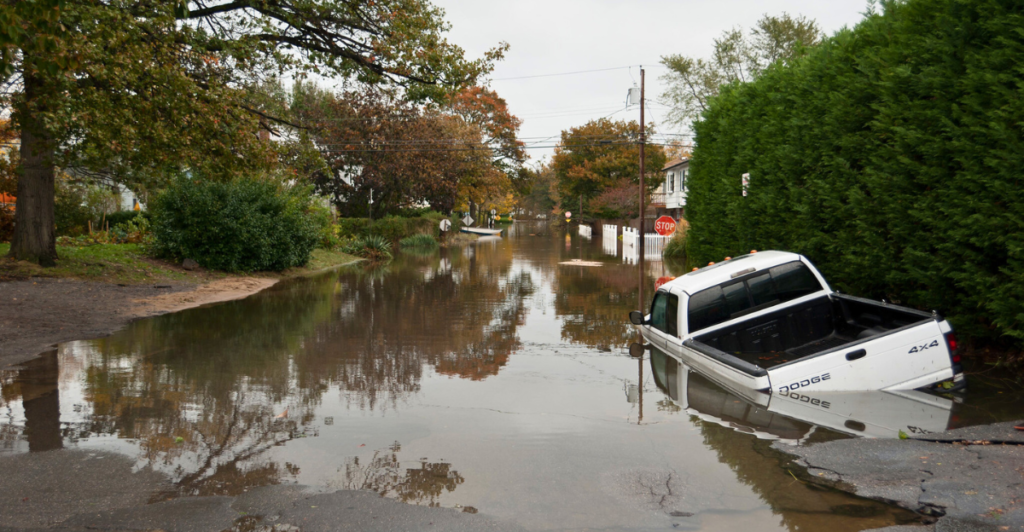
As communities begin to recover from these disasters, many individuals find themselves forced to relocate in search of safe and affordable housing. Some move in with family or friends, while others seek cheaper living arrangements in different cities. This process of displacement is chaotic and often leads to further instability as people attempt to rebuild their lives amidst ongoing threats from climate-related events.
A Growing Crisis of Displacement
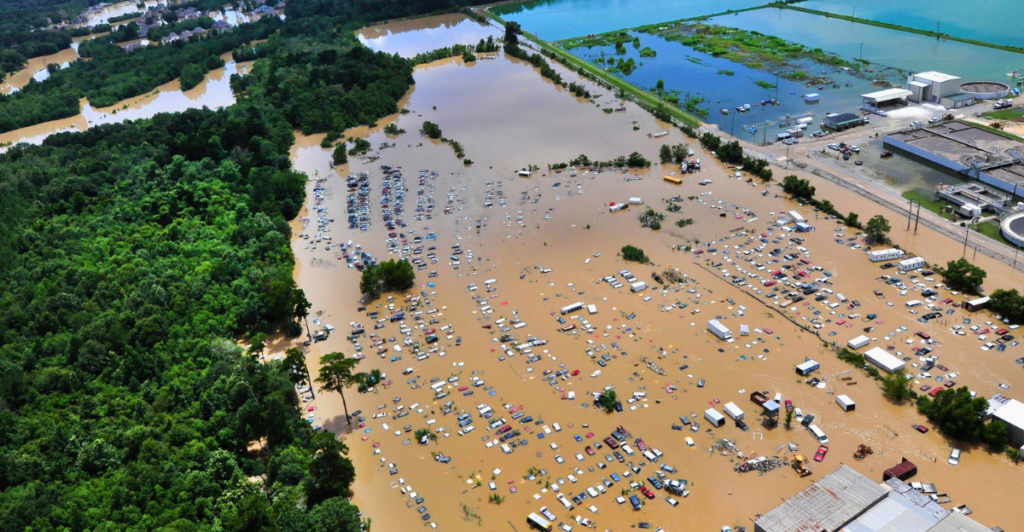
The scale of this migration is staggering. In just one year, over 3 million Americans lost their homes due to climate disasters, with many never returning to their original properties. Projections indicate that millions more will face similar fates in the coming decades, leading to a quasi-permanent state of exile for those displaced from vulnerable regions.
Non-Linear Migration Patterns
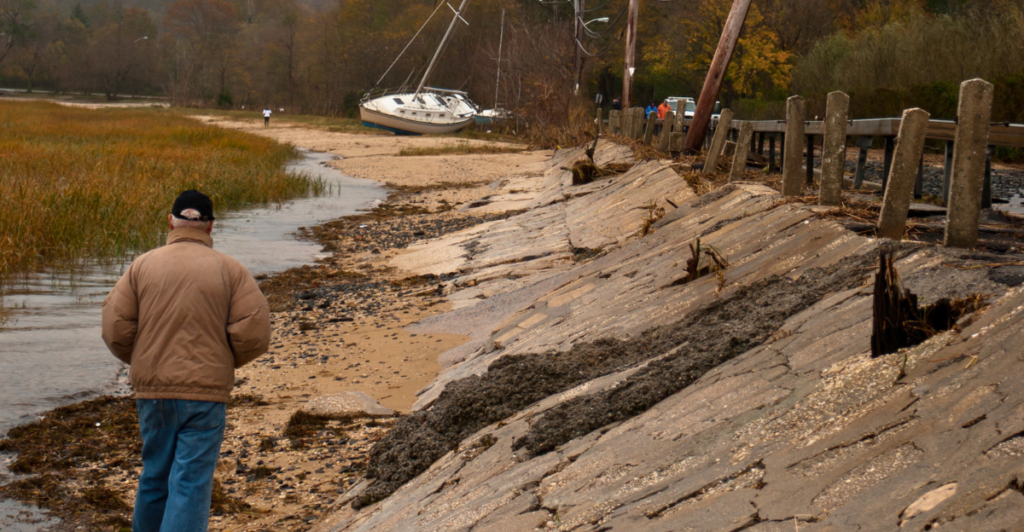
The migration resulting from climate change will not follow a straightforward path. Instead, it will manifest as a chaotic churn within affected areas, where some residents leave while others move in or around the same locality. In California’s wildfire-ravaged regions, for instance, displaced individuals will compete for limited housing options within an already strained market.
The Role of Vulnerability in Migration
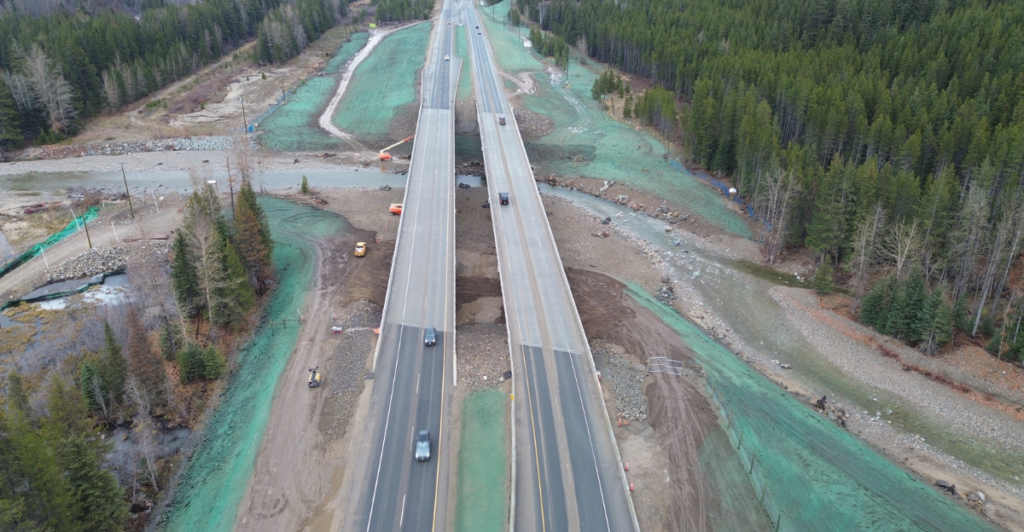
The increasing frequency and severity of climate-related disasters are not solely due to warming temperatures; they are also exacerbated by decades of development in high-risk areas. Many homes have been built in fire-prone regions or along floodplains without adequate consideration for future risks. This has placed millions at greater risk as they navigate the consequences of poorly planned urban development.
Inadequate Disaster Recovery Efforts
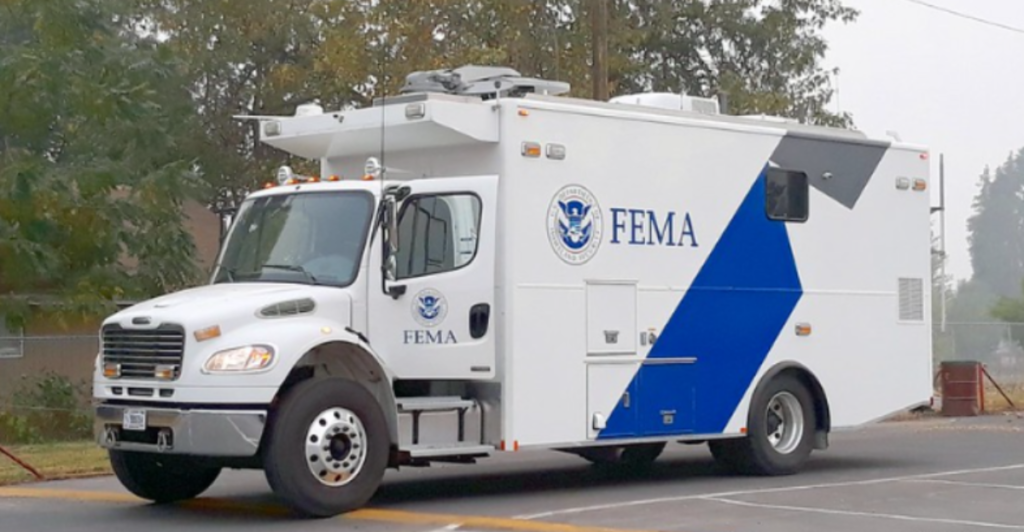
Inadequate support from governmental agencies further complicates recovery efforts. The Federal Emergency Management Agency (FEMA) often lacks the resources necessary for long-term recovery and tends to focus on restoring communities to their previous states—an approach that perpetuates vulnerability rather than fostering resilience against future disasters.
Challenges from the Insurance Industry
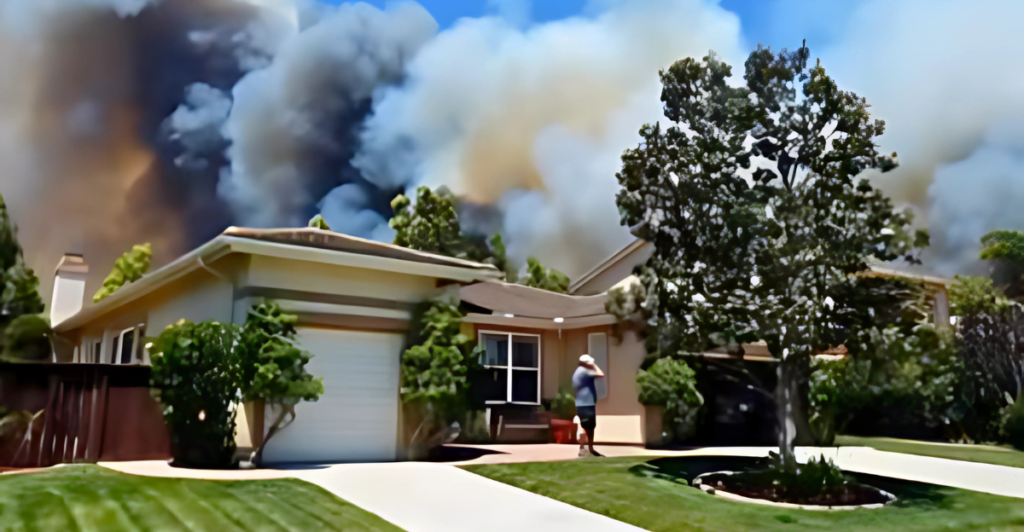
The private insurance market adds another layer of complexity to this crisis. In high-risk areas like California, many insurers have ceased offering fire insurance or have increased premiums to unsustainable levels. This forces homeowners to reconsider their ability to remain in their homes amidst rising costs and diminishing coverage options.
Federal Government’s Potential Role
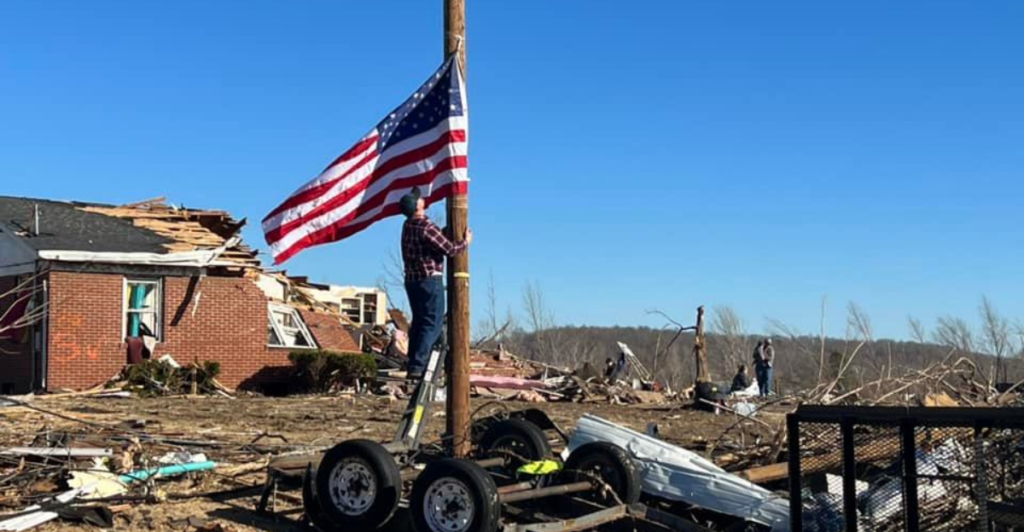
The federal government possesses the resources necessary to address these challenges effectively. By ramping up funding for disaster protection programs and providing financial assistance for relocation, lawmakers can help mitigate the impacts of climate displacement. Additionally, strategic planning is essential for guiding growth toward less vulnerable areas.
Acknowledging Climate Displacement
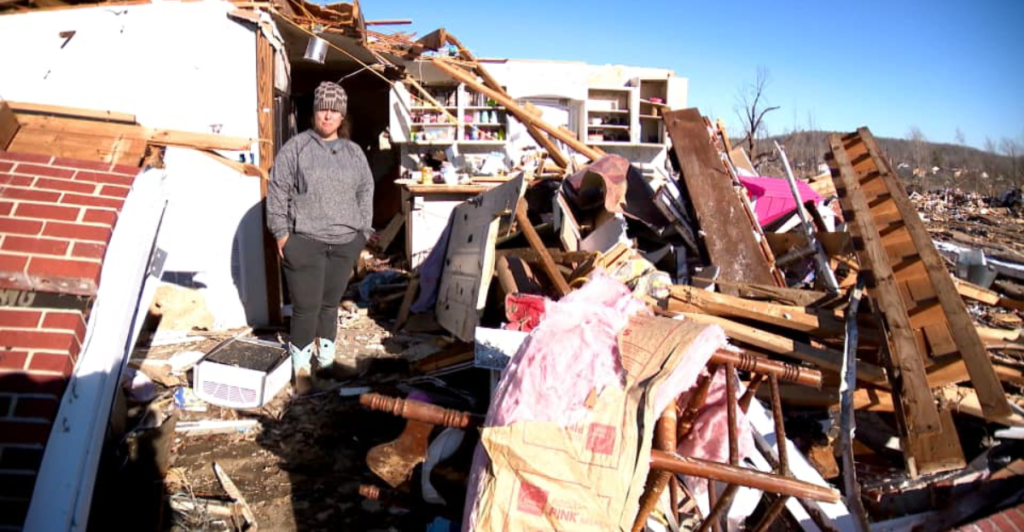
For meaningful progress to occur, government officials must first acknowledge the scale of climate displacement that has already taken place. This recognition is critical for developing policies that address this ongoing crisis and provide support for affected individuals and communities.
Future Planning for Migration
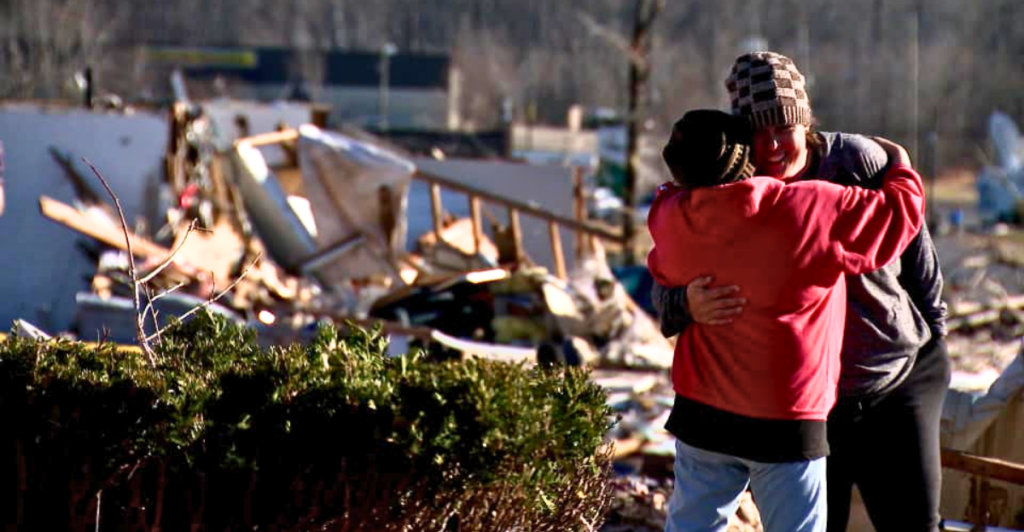
As climate conditions continue to worsen, proactive measures must be taken to prepare for future migration patterns. This includes incentivizing growth in safer regions and facilitating transitions away from high-risk areas. By planning ahead, governments can help ease the burden on communities facing displacement.
Addressing Inequities in Migration
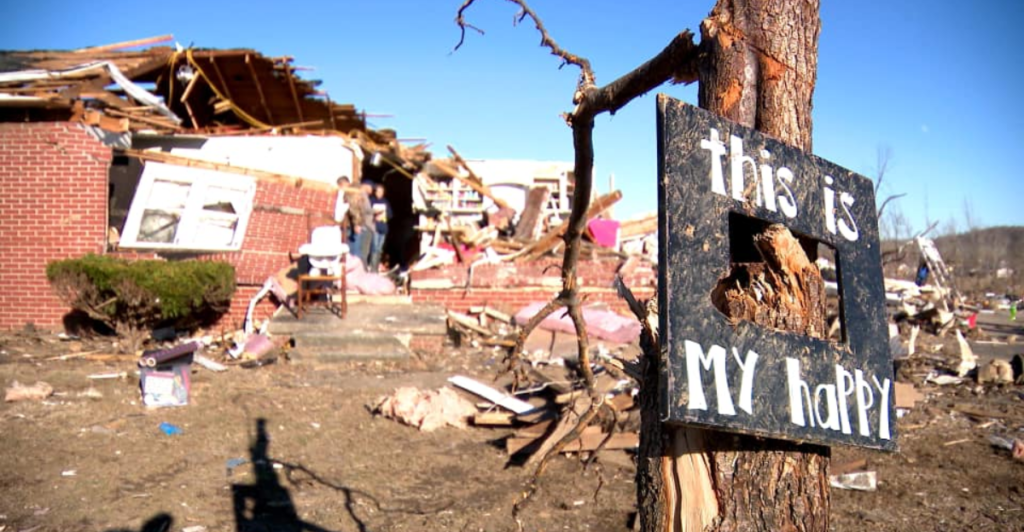
Efforts to manage climate migration must also consider existing inequalities within society. Vulnerable populations often bear the brunt of climate impacts and may lack access to resources needed for relocation or recovery. Addressing these disparities is crucial for fostering equitable solutions as communities adapt to changing environmental conditions.
Preparing for a New Reality
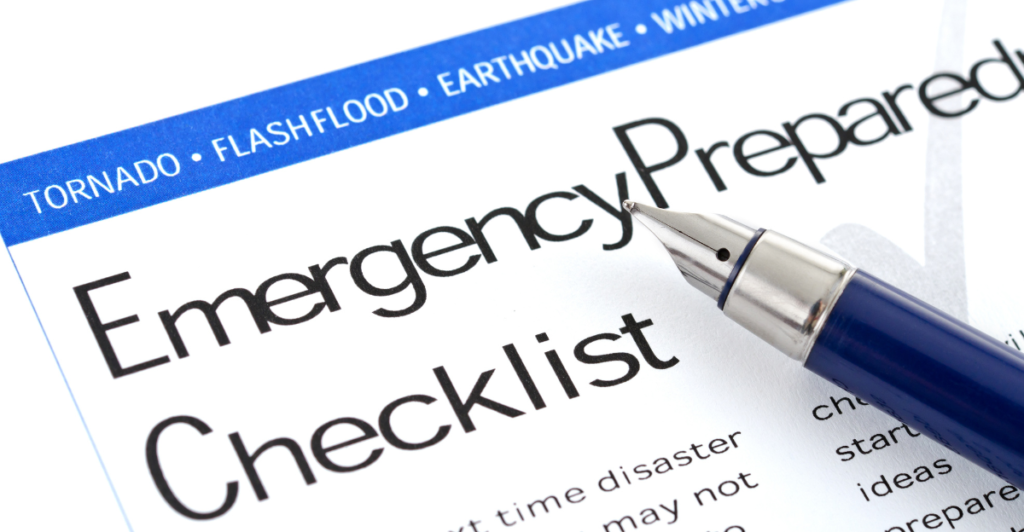
The reality of climate migration is upon us, and it demands immediate attention from policymakers at all levels. As millions face displacement due to climate change, comprehensive strategies must be developed to support those affected and ensure sustainable living conditions for future generations. By recognizing the urgency of this issue and taking decisive action now, we can begin to address the challenges posed by America’s great climate migration.
Discover more of our trending stories and follow us to keep them appearing in your feed

California Is Splitting Apart: A Fault Line Is Forming Faster Than Anyone Predicted
Deepest Hole On Earth Permanently Sealed After 2 Billion Year Old Discovery
A Climate ‘Time Bomb’ in the Mediterranean Threatens Global Weather—Is the U.S. Prepared?
New Climate Law Enforces Stiff Fines for Noncompliance
References:
The American climate migration has already begun
How to prepare for climate migration in the US
Climate Change Migration
Climate Change and Community Relocation
Stay connected with us for more stories like this! Follow us to get the latest updates or hit the Follow button at the top of this article, and let us know what you think by leaving your feedback below. We’d love to hear from you!







